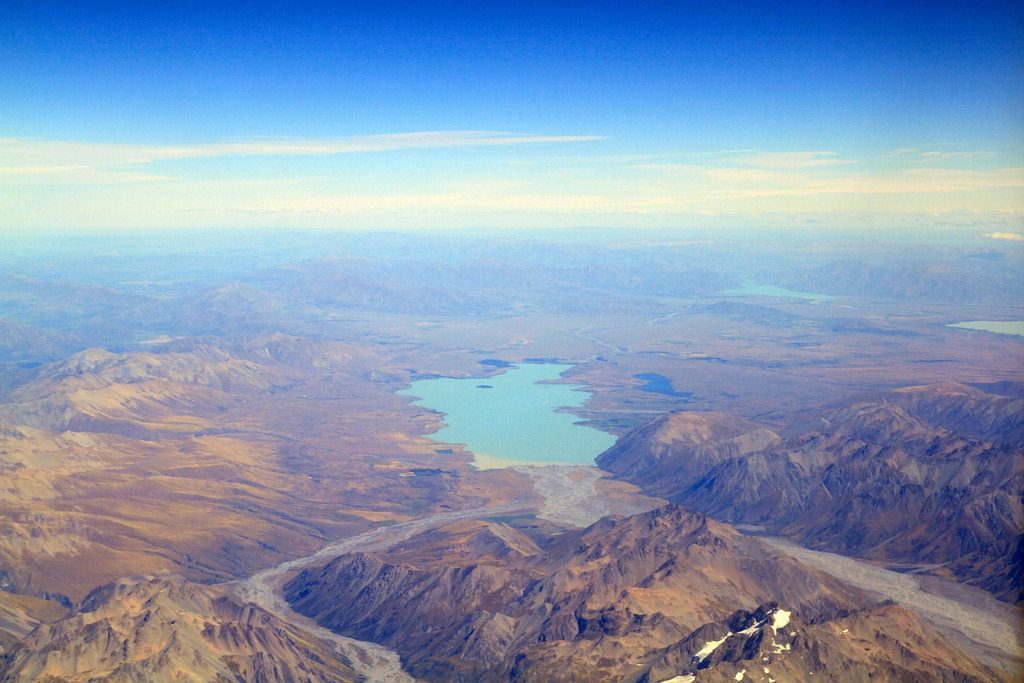With last Wednesday’s ratification of the Mackenzie River Basin Bilateral Water Management Agreement by Premiers Bob McLeod and Jim Prentice, the NWT and Alberta became two of the first jurisdictions in the world to agree on guaranteed water levels based on the ecological needs of a water system.
There’s a lot at stake here. A 2013 report from the Rosenberg International Forum on Water Policy suggested that “while the Basin is relatively undisturbed ecologically, it is at risk both from a warming climate and development pressures from the exploitation of hydrocarbons, non-renewable minerals and hydroelectric potential.”
The basin’s water levels and water quality are imperiled by toxic tailings ponds from Alberta’s tar sands near the Athabasca River, which eventually feeds into Great Slave Lake, and with several proposed dams, most notably B.C.’s Site-C Dam on the Peace River, on the horizon, the signing of the agreement comes at an important time.
Some of the agreement’s key features:
The NWT and Alberta have agreed to consult each other about developments that may affect water in the other jurisdiction. This means Alberta will have to consult the NWT about new dams or oil developments that could affect water levels or water quality downstream. The agreement also says Alberta can’t issue licences to transfer water into or out of the basin unless “the license is specifically authorized by a special act of the legislature in Alberta.”
The agreement specifies the amount of water that can be taken out of the river system for human use and the amount that must be left in to maintain the ecosystem. It defines the amount to be left in as “the sum of needs for the Ecological Integrity of the Aquatic Ecosystem plus 50 percent or more of the Available Water.” For most rivers in the Mackenzie system this means 90 percent of “instantaneous flow” must be left for “ecological use.”
The agreement also outlines chemical levels that should not be exceeded in surface or groundwater.
The NWT and Alberta agreed to bring in “Learning Plans” to help research and monitor “the conditions and needs related to the Ecological integrity of the Aquatic Ecosystem.” As well, they agreed to share scientific information and to meet every year to discuss regulations.
They will maintain and expand long-term water monitoring stations and “work to secure funding for priority long-term monitoring stations.”
All this, as big as it is, is just one step in protecting a river system that covers 20 percent of Canada’s landmass and is home to a diverse range of fragile ecosystems. Bilateral agreements still need to be signed with B.C., the Yukon, and Saskatchewan. And while bilateral agreements are key, the Rosenberg report pointed out that the reinvigoration of the Mackenzie River Basin Board, created in 1997 as a multijurisdictional monitoring body, is more important. This will require “additional personnel, additional financial resources and perhaps additional authorities.”
Here’s Cold Amazon, a documentary about the river and what’s at stake with this new agreement, filmed last year for the Walter & Duncan Gordon Foundation by Pablo Saravanja and Jay Bulckaert of Yellowknife’s Artless Collective, and written by journalist Tim Querengesser:
Cold Amazon: The Mackenzie River Basin from WDGF Channel on Vimeo.






